24. January, 2024delish0
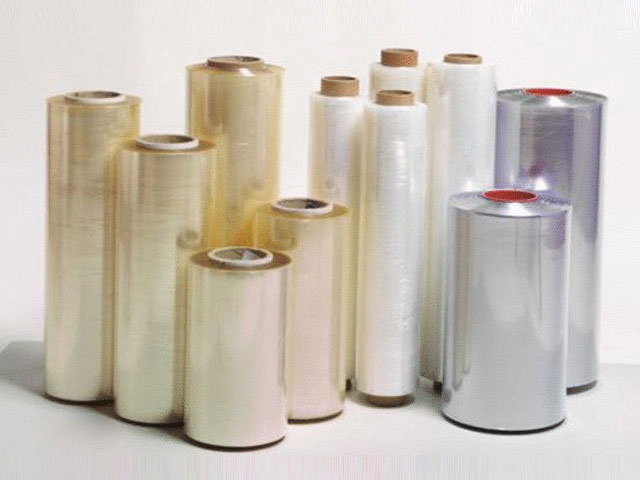
In the eyes of customers, the quality of BOPP film depends not only on the quality of the film drawing, but also on the quality of the film slitting machine. That is, in addition to the thickness deviation and film performance, the film quality is related to the film pulling process, and also depends on the influence of the slitting process, such as: the setting and control of process parameters, the slitting environment, the quality of the slitting machine, the quality of the paper core, packaging, transportation, etc. The slitting process is an important part of determining the quality of the film, and the slitting quality of the film can maintain an advantage in the market.
The quality of slitting is a comprehensive reflection of a variety of factors, and the various factors involved affect each other, which makes the quality problem in slitting more complicated. In order to make everyone have a comprehensive understanding of the quality problems of slitting, the slitting machine manufacturer has summarized the common quality problems in the slitting production process, analyzed and discussed the causes of various slitting quality problems and the impact on the quality of use, as a platform for everyone to communicate and learn, and hope that everyone will put forward valuable opinions and constantly enrich its content to achieve the purpose of mutual promotion and improvement.
Winding too loose/too tight:
Among the many factors that affect the quality of product use, the tightness of the film roll is very important, and the tightness control is moderate, which can not only ensure the quality of slitting, but also make up for the quality defects caused by the film-making process, but the improper control of the winding tightness will inevitably directly affect the appearance and use quality of the product.
There are several common methods for breaking the tightness of the winding:
1. Acupressure test method: the inspector squeezes the surface or end face of the film roll by hand to determine whether the tightness of the winding is appropriate. This is a commonly used test method, which has the advantages of being fast, intuitive, and highly reliable, but it requires a certain amount of experience, and lacks data support, making it difficult to document.
2. Instrumental measurement method: measure the tightness of the winding by using a hardness tester to speak with data. The advantage is that it is scientific, quantitative, easy to record, and reduces the dispute on the judgment difference, but the disadvantage is that it can only detect the surface of the film roll, and cannot reflect all the facts inside the film roll. The tightness and hardness of the film roll is not a complete linear relationship, the most sensitive value is between 87 ~ 95, when the hardness is as low as 85, the winding and loosening has little effect on the hardness, and similarly, when the hardness is as high as 97, the winding and tightening have less and less impact on the hardness of the film roll.
3. Visual analysis method: judge the winding situation of the film roll by visualizing the color change or end face shape of the end face of the film roll, for the same product, the darker the end color means the tighter the winding, especially near the paper tube, the position of the winding is too tight and often black; For the shape of the end face, the star shape is the best basis for judgment, the appearance of a single star may be the unilateral looseness and tightness of the film, while the appearance of a double star is caused by the tightness of the film roll and the loosening of the inside. The advantages of the visual method are fast and accurate, but it can only analyze some individual winding problems, which is not comprehensive enough.
4. Process percussion method: in the process of slitting and winding, use rod-shaped items or fingers to tap on the film surface, and judge the tightness of the film roll through the feel and sound, this method can track the tightness of the film roll from the inside to the outside, and the accuracy and credibility are high, but improper use will cause damage or pollution to the film surface and there is a certain danger in the operation, so it is not recommended to use the percussion method frequently, but we use the combination of acupressure test, hardness measurement method and visual analysis method in the daily slitting process. There are sufficient means to make an accurate judgment on the tightness of the winding.
Winding hardness is a reference index to quantify the tightness and tightness of winding, which only reflects a quality characteristic of the surface of the film roll, and cannot reflect the whole tightness of the film roll, therefore, the key is to effectively control the tightness of the film roll in order to effectively ensure the quality of the product.

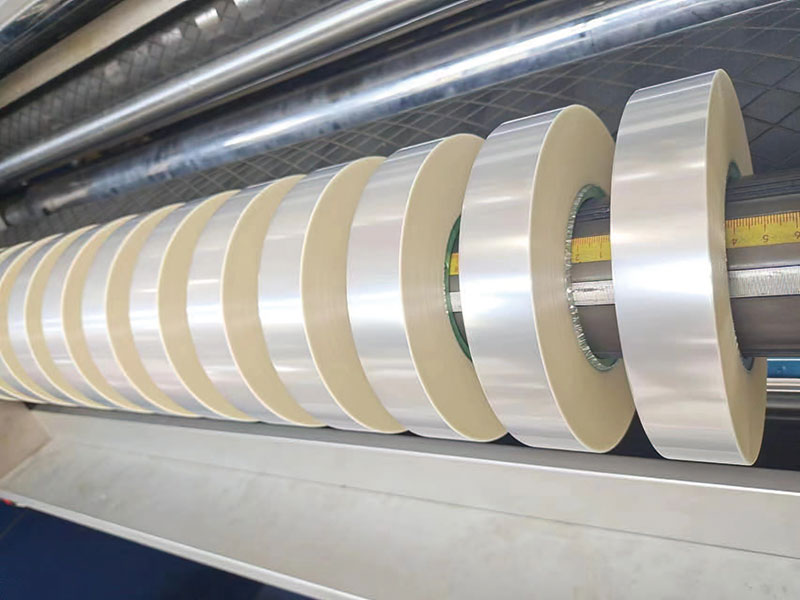
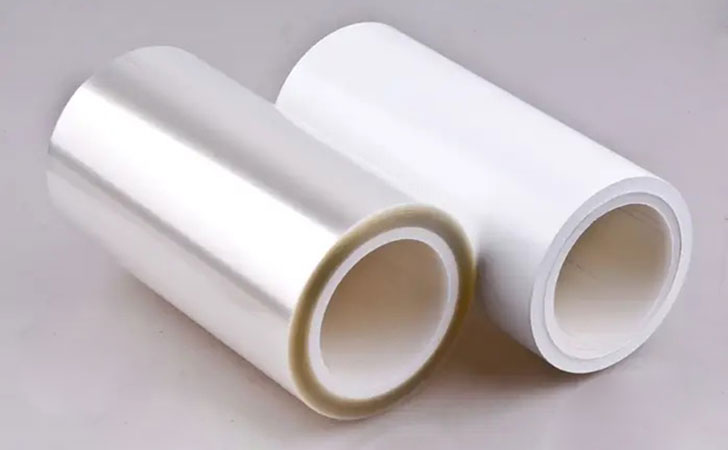
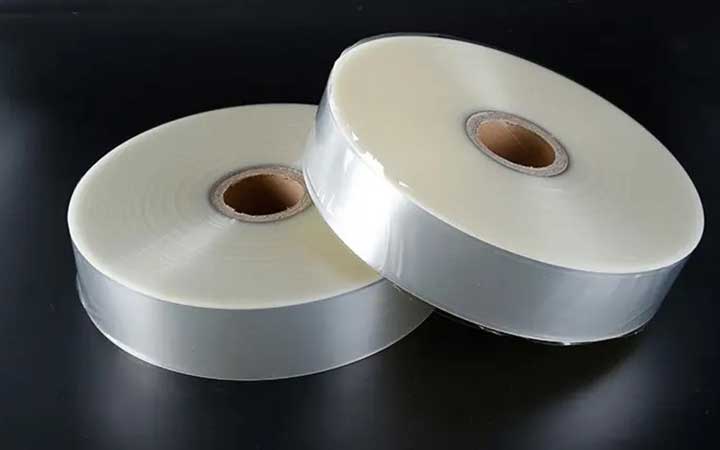
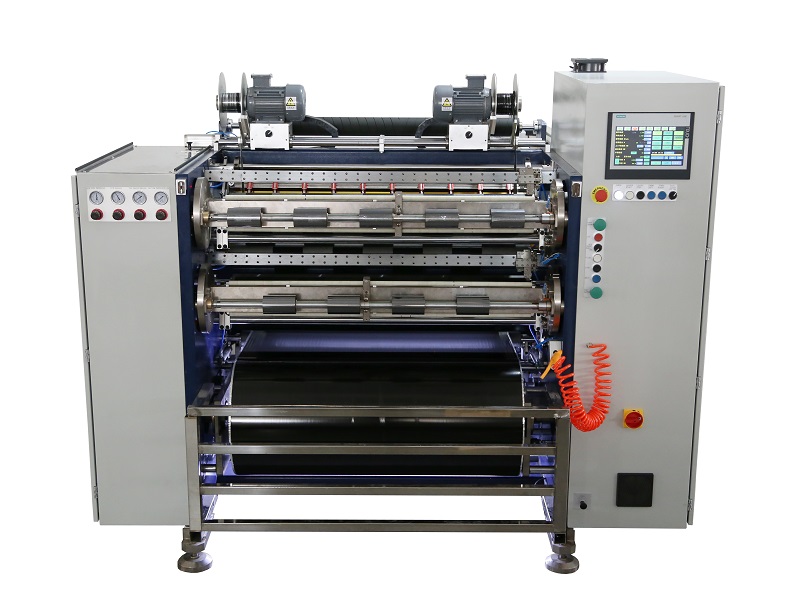 Fully Automatic TTR Slitter RSDS8 Plus
Fully Automatic TTR Slitter RSDS8 Plus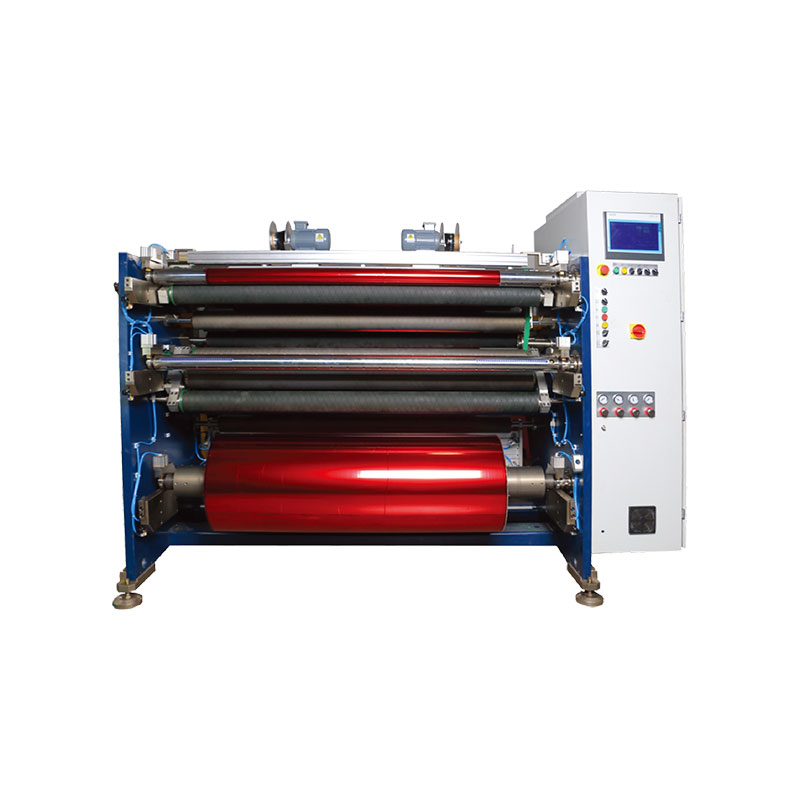 Hot Stamping Foil Slitter 1600mm
Hot Stamping Foil Slitter 1600mm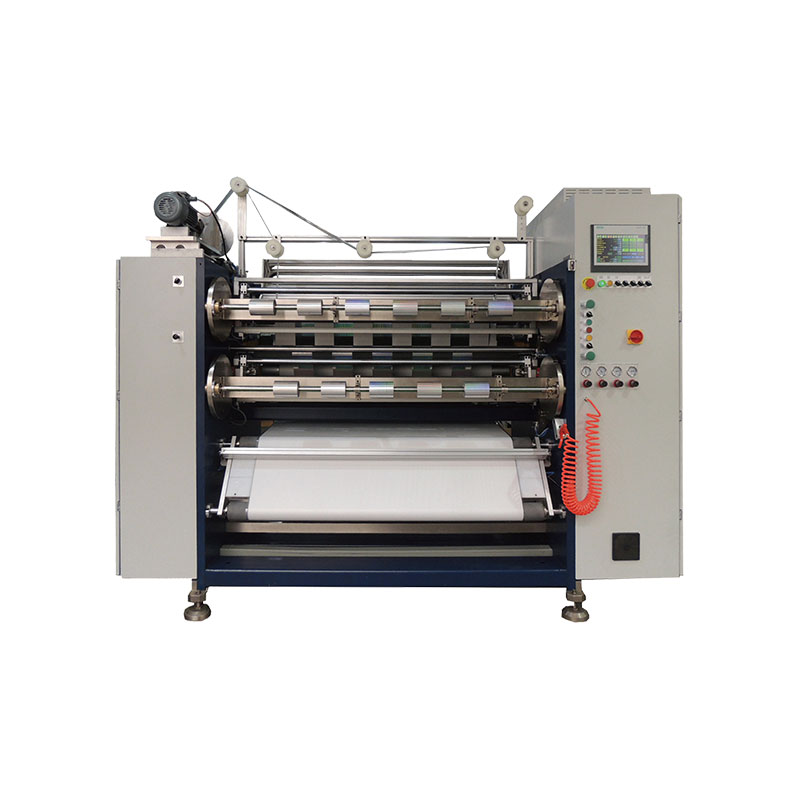 Hot Stamping Foil Slitter (4 Shafts)
Hot Stamping Foil Slitter (4 Shafts)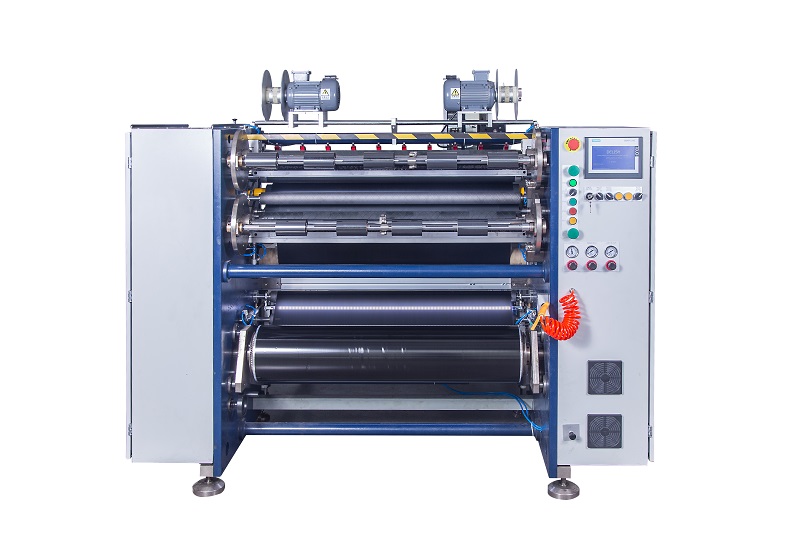 Semi-Auto TTR Slitter RSDS2 Plus
Semi-Auto TTR Slitter RSDS2 Plus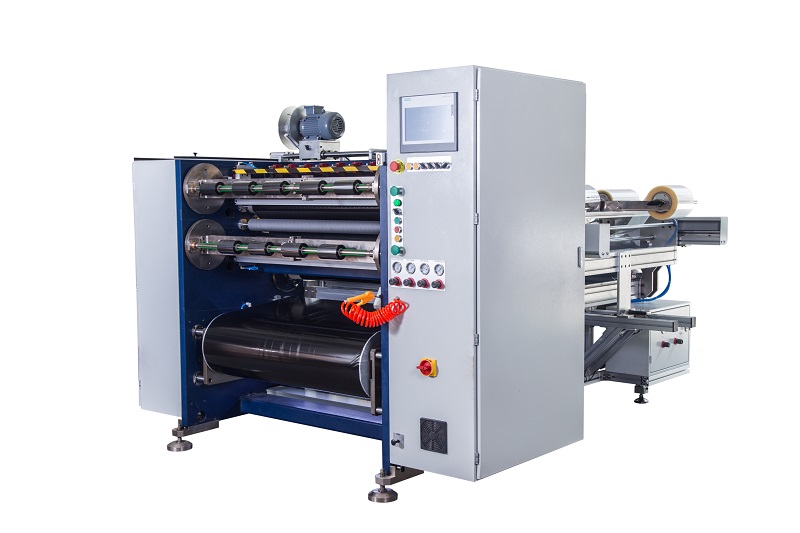 Semi Automatic TTR Slitter RSDS5 Plus
Semi Automatic TTR Slitter RSDS5 Plus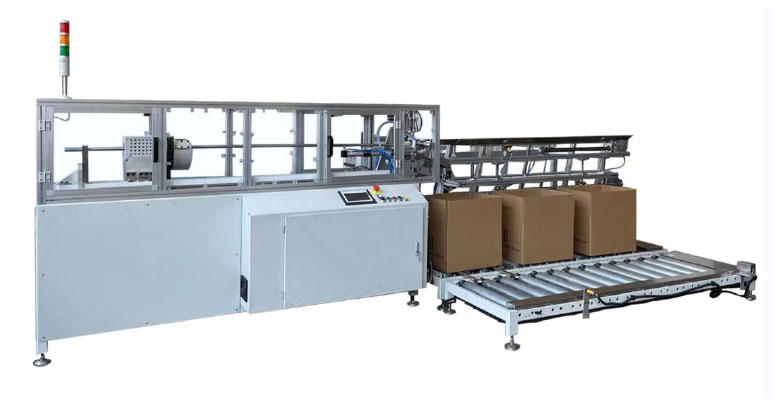 Auto Paper Core Cutter
Auto Paper Core Cutter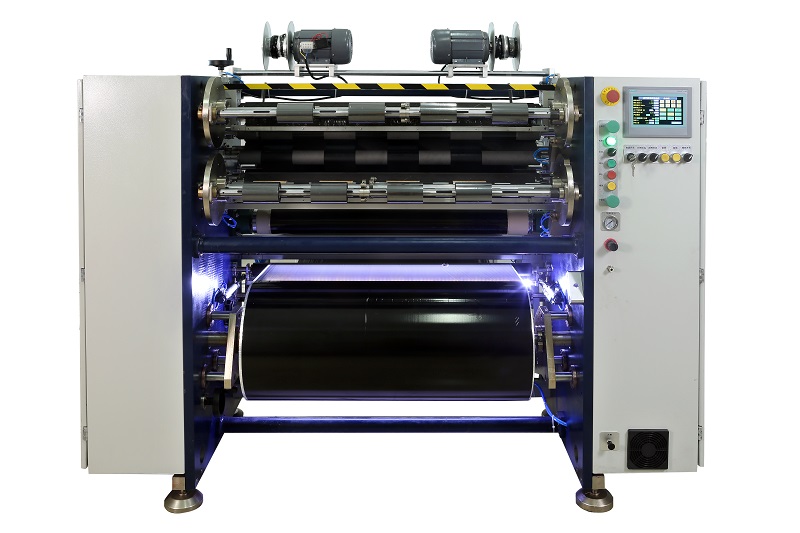 Manual TTR Slitter RSDS2
Manual TTR Slitter RSDS2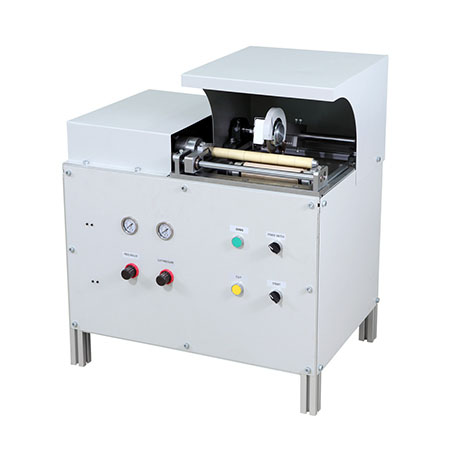 Manual Paper Core Cutter
Manual Paper Core Cutter





